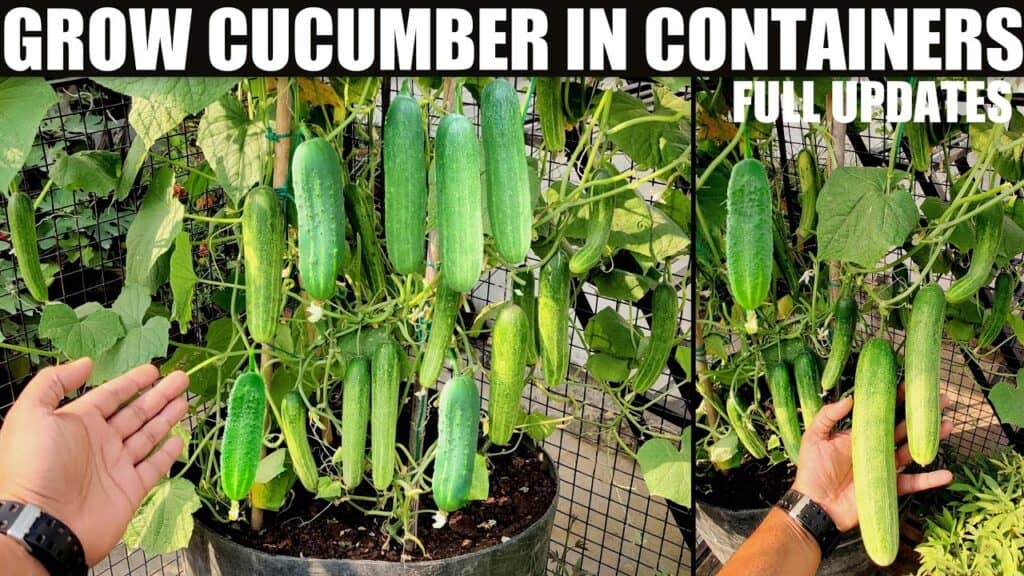
In this guide, we’ll explore how to grow cucumber plants that thrive and produce an abundant harvest. From soaking seeds to the final harvest, you’ll learn everything you need to know to enjoy fresh cucumbers right from your garden.
Table of Contents
- Introduction to Growing Cucumbers
- Fertilizing for Healthy Growth
- Harvesting Your Cucumbers
- After Harvest Care for Your Plants
- Common Issues and Solutions
- FAQs About Growing Cucumbers
Introduction to Growing Cucumbers
Cucumbers are multi-demensional and can be eaten not only as a refreshing meal involvent, but they can also be grown. Cooking with cucumbers, you will have a например:sectect of salads&sm?type=detri&factor=crawling;eipSHAEYShHIK7hLo2ar8Ky4EGEW52B2WRZwGzrS6UP4CT1FU2U2tiMpGYWIQG4DPmRYe7oboURNrBYsUV2T2MZ1x1g3tpyH Felix,lecturerinbotanyatuococketCuzco.py,2022Cuzco,Peru
Soaking Seeds for Better Germination
Soaking cucumber seeds in water for 12 to 15 hours before planting will definitely give you the best opportunity to germinate them. This straightforward action increases the chances of germination thus, more seedlings will likely sprout. This is the kind of tiny effort that can bring huge results.
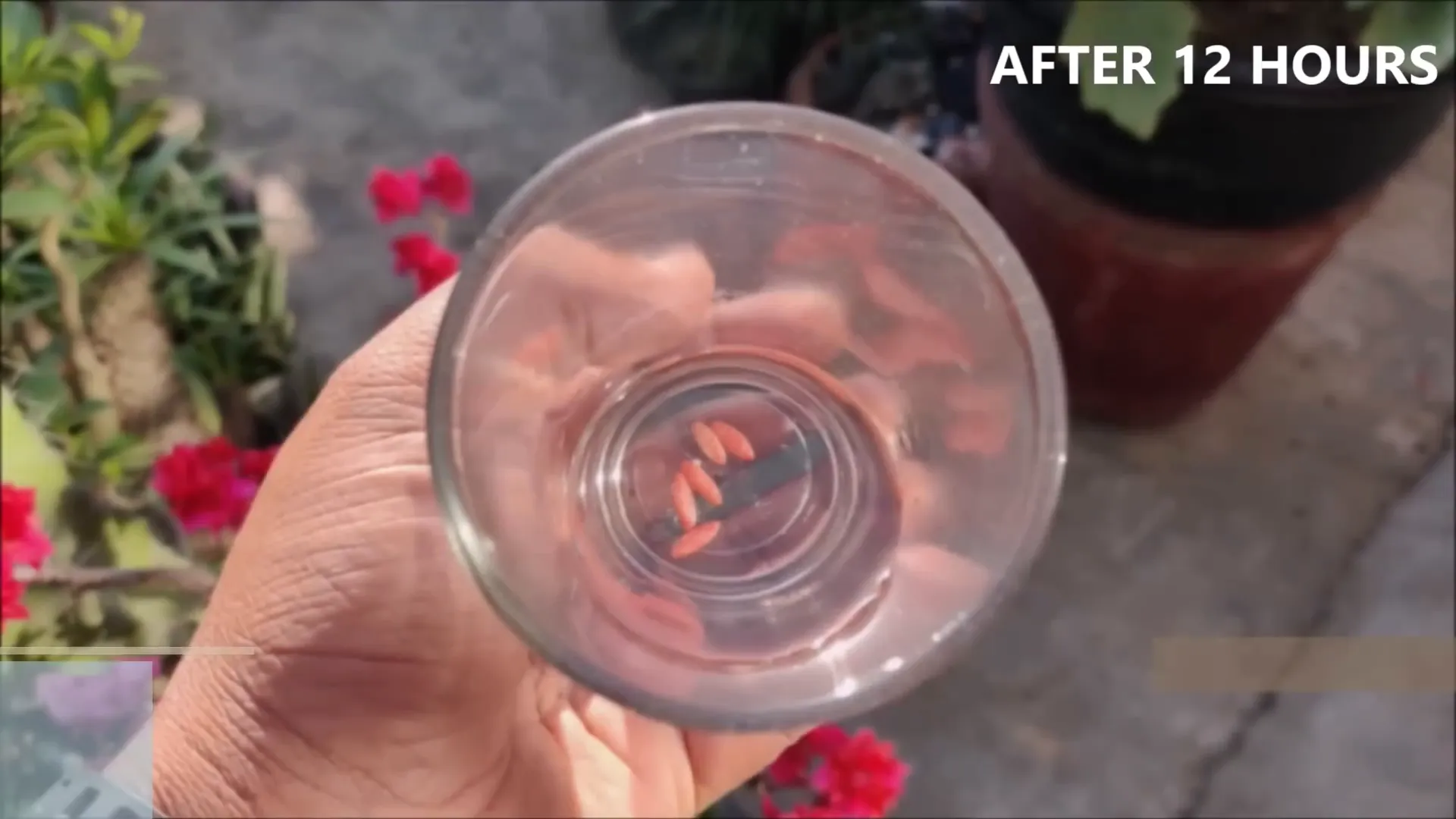
Choosing the Right Pot and Soil
The choice of the container is of great importance. A suitable pot must be 20 to 25 inches wide and 15 to 20 inches deep, along with the necessary drainage holes located at the bottom. Instead of using straight garden soil, create a mix of 60% garden soil and 40% kettle manure or leaf mold. This combination not only contains the nutrients that plants require for good health but also retains moisture efficiently.
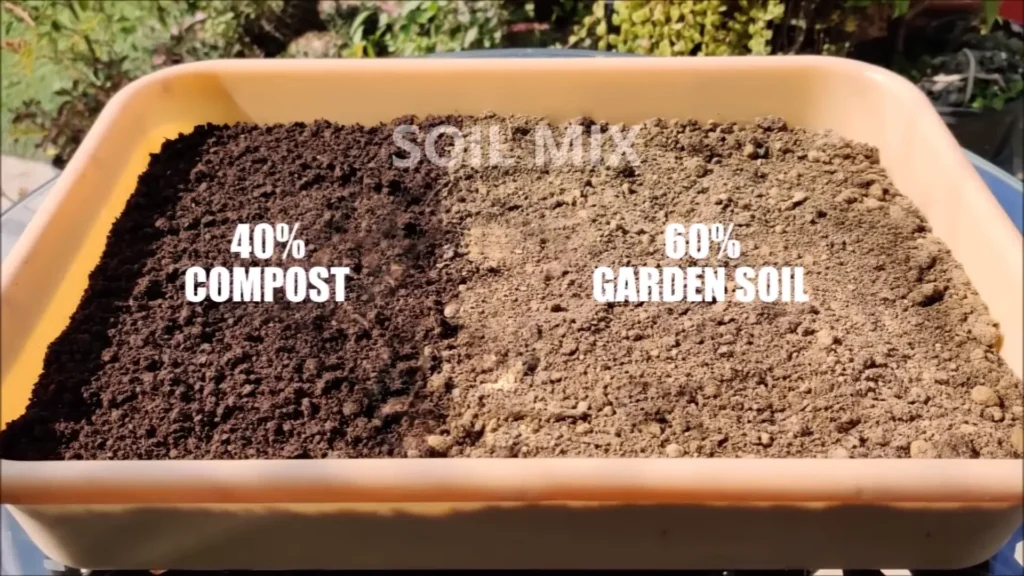
Planting Seeds: Tips and Techniques
When planting, holes should be made at a depth of one inch in the soil mix and only one seed should be placed in each hole. In the case of larger containers, four to five seeds can be planted that are 6 to 8 inches apart. The seeds are then covered with soil, which is pressed down firmly to ensure good contact.
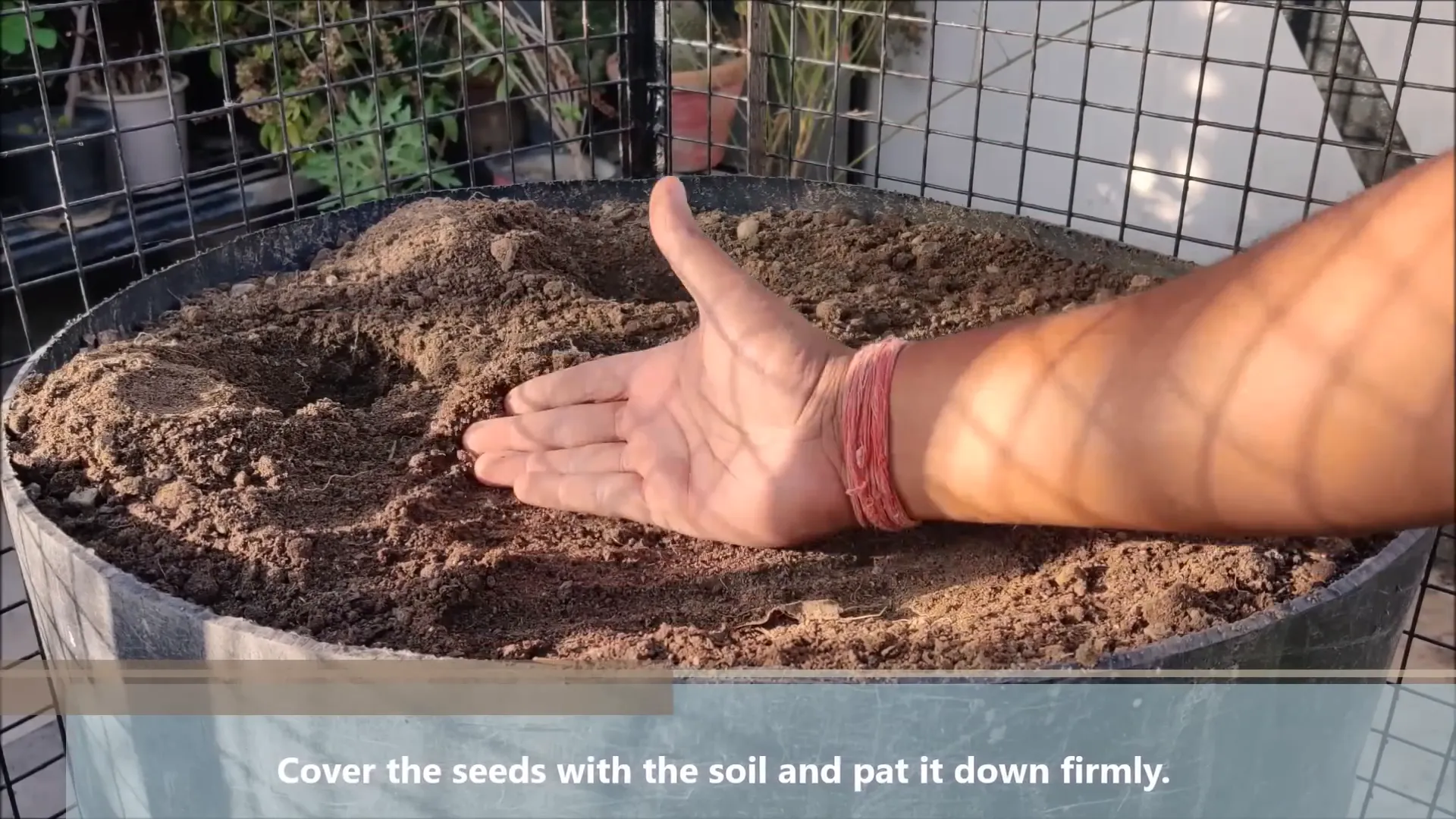
The Germination Process
Once you plant, you should sprinkle the soil with water to hold it with that capacity of moisture. Avoid stagnant water since that may lead to the rotting of seeds. It is best to select a bright place that receives at least five to seven hours of sun rays each day. The temperature of the soil being higher than 26 degrees Celsius can rapidly germinate the seeds, and they can take only three to four days.
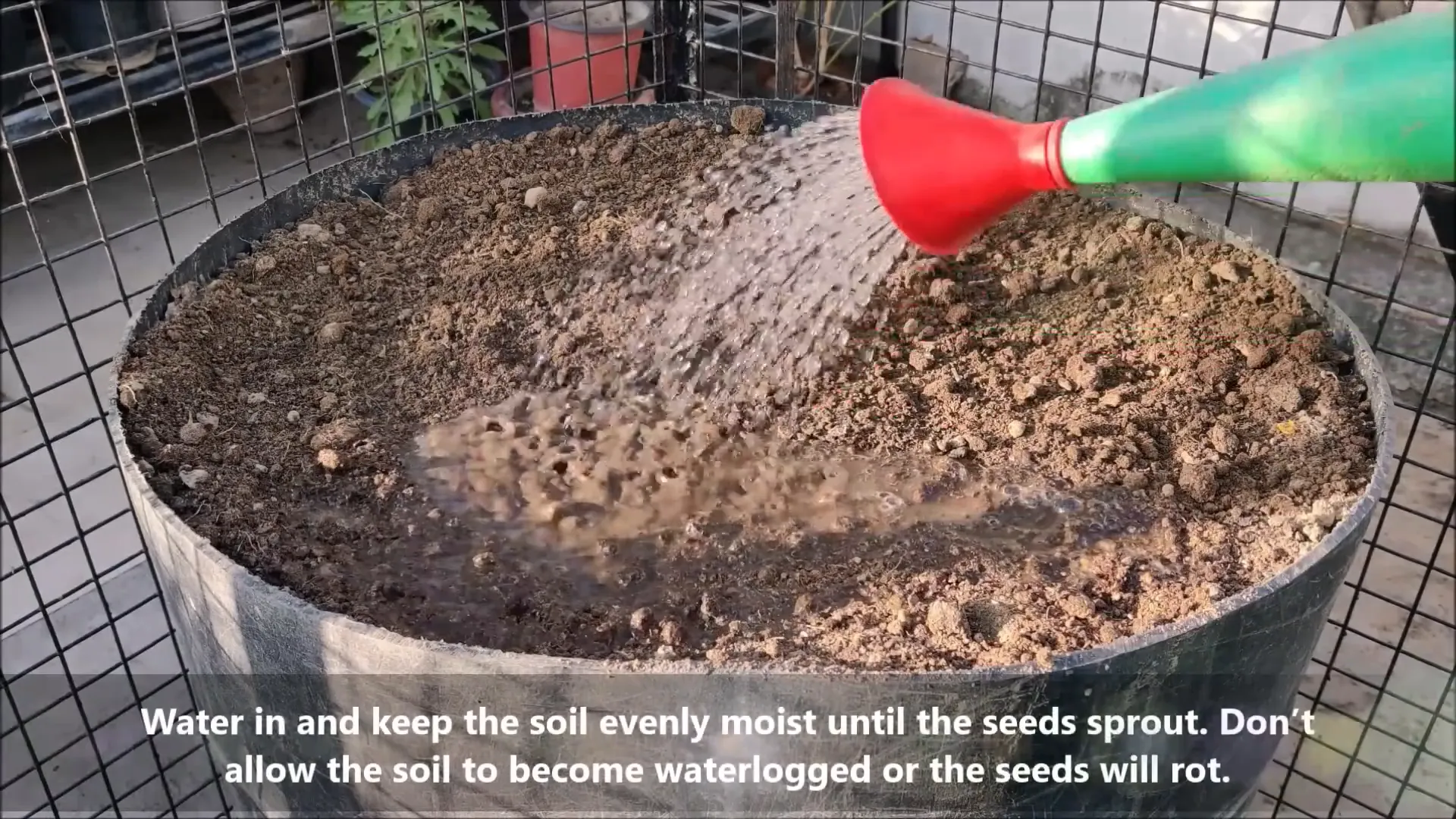
Cucumber Growth Stages Explained
The first leaves to appear on your seedlings will be the cotyledon leaves. Once the true leaves appear, the plant resumes the photosynthesis and starts absorbing nutrients from the sunlight. Regulate the water by observing the moisture level in the soil; wait for the top layer to become slightly dry then water it again. This technique not only promotes proper growth but also avoids the risk of watering too much.
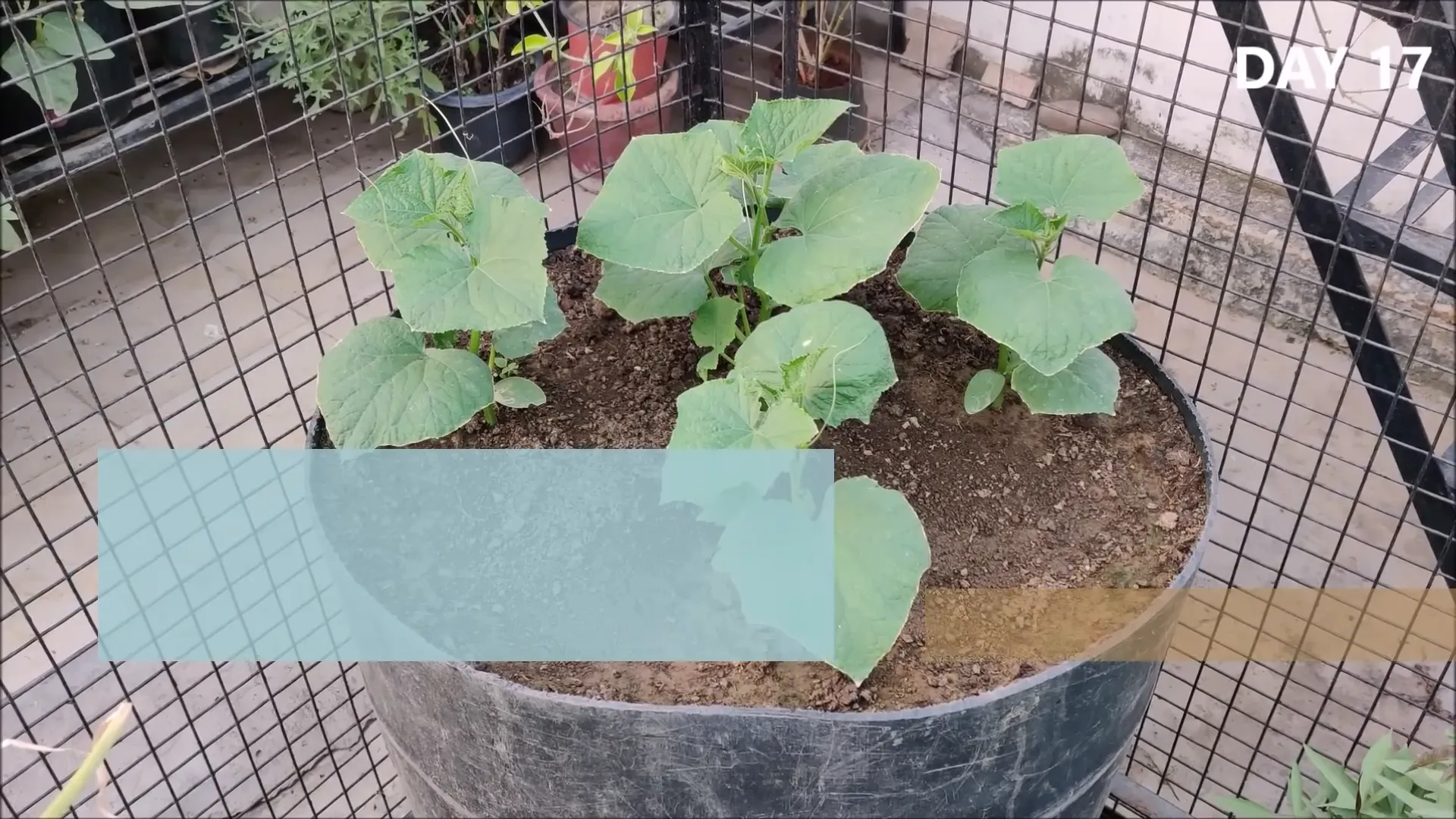
When your cucumber plant is fully grown, it will exhibit larger leaves and start climbing. Vining cucumbers need a help of a trellis or stakes, so why not try to use them? Vertical growth not only boosts space savings but also promotes the air movement around the plant better, thus deterring the threat of diseases.

It is very important to water regularly in this period of development, especially when it is hot. It is important to keep the soil slightly moist but not soggy. Cucumbers are heavy feeders, so it is advisable to use fertilizer to help them grow. Watering after fertilizing helps to dilute the nutrients, thus making them available to the roots.

The time for harvest is nearing which usually occurs after 40 to 45 days of planting the seeds, so you have to be watchful. Picking the fruits often stimulates the plant to generate more fruits. Please note that for optimal taste and texture, you should pick cucumbers during the morning hours when the temperature is cooler.
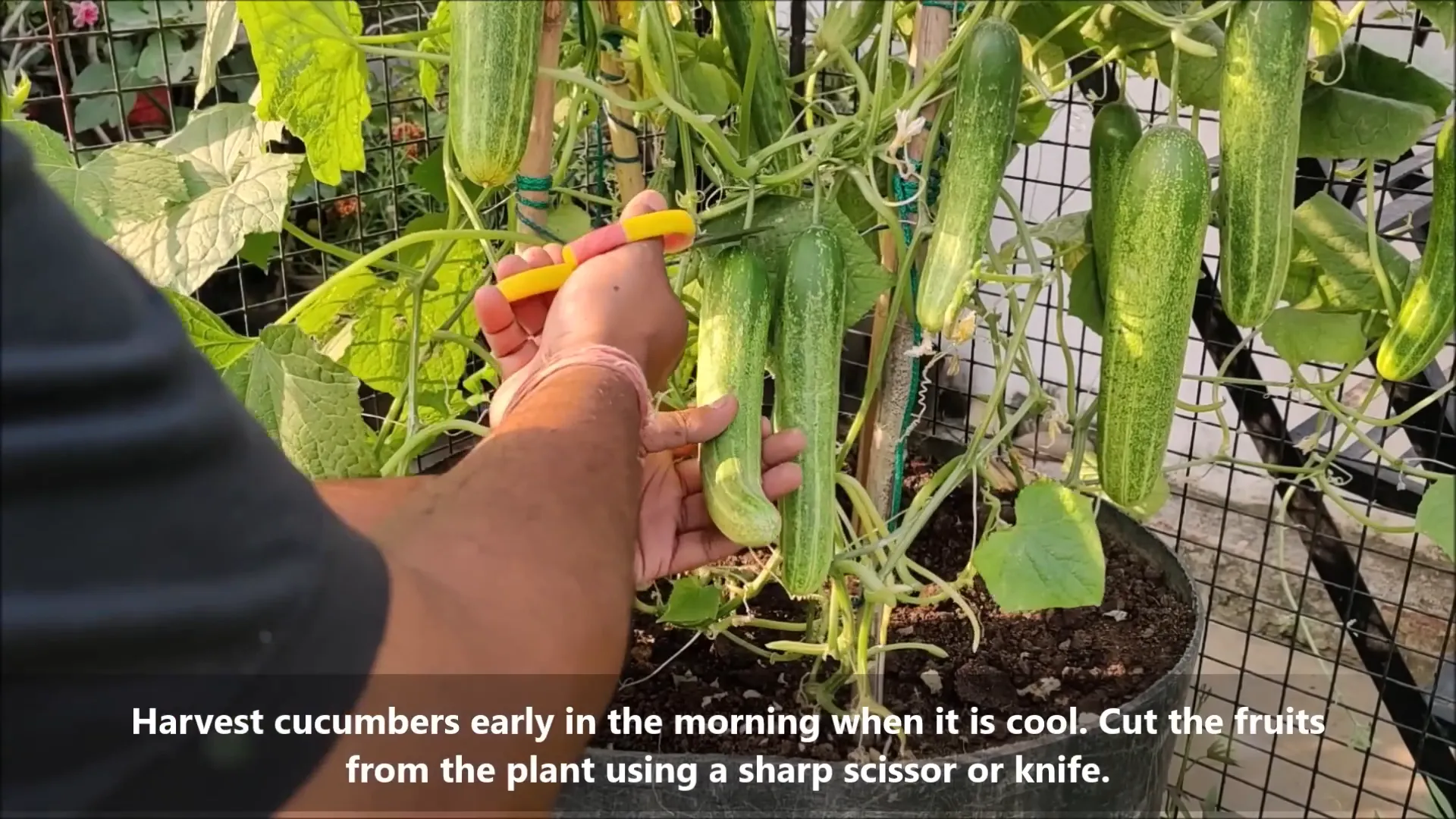
The cucumber plants that you take care of properly will give you a harvest of 10-20 cucumbers within the season. Flavors of cucumbers become more intense with prolonged period of fruits on vine but you should note that excess time may lead to bitterness and tough skins.
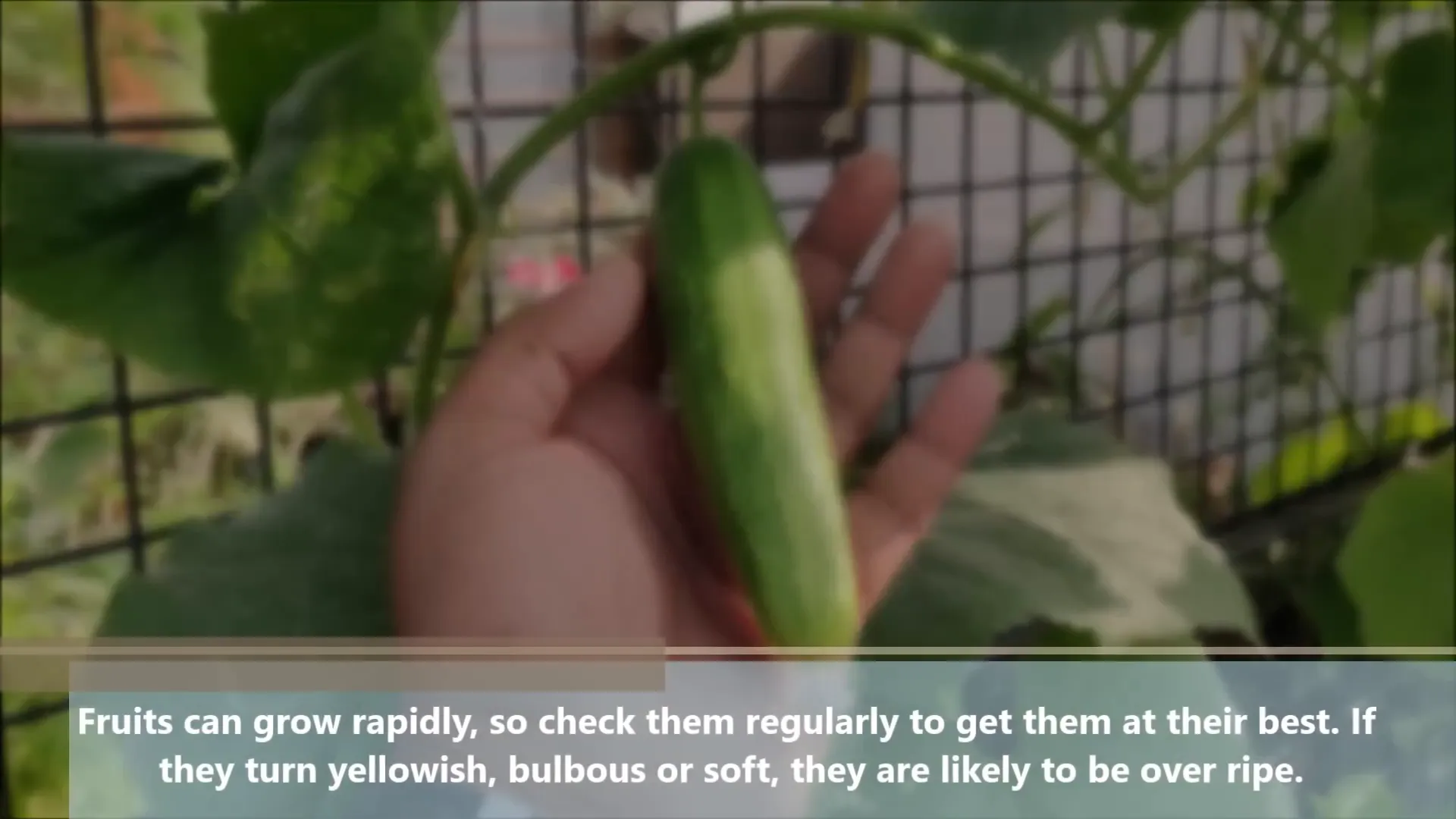
Fertilizing for Healthy Growth
Fertilizing your cucumber plants is essential for achieving robust growth and a plentiful harvest. Cucumbers are heavy feeders, meaning they require a good amount of nutrients to thrive. A balanced fertilizer, with a focus on nitrogen, phosphorus, and potassium, will support their growth effectively.
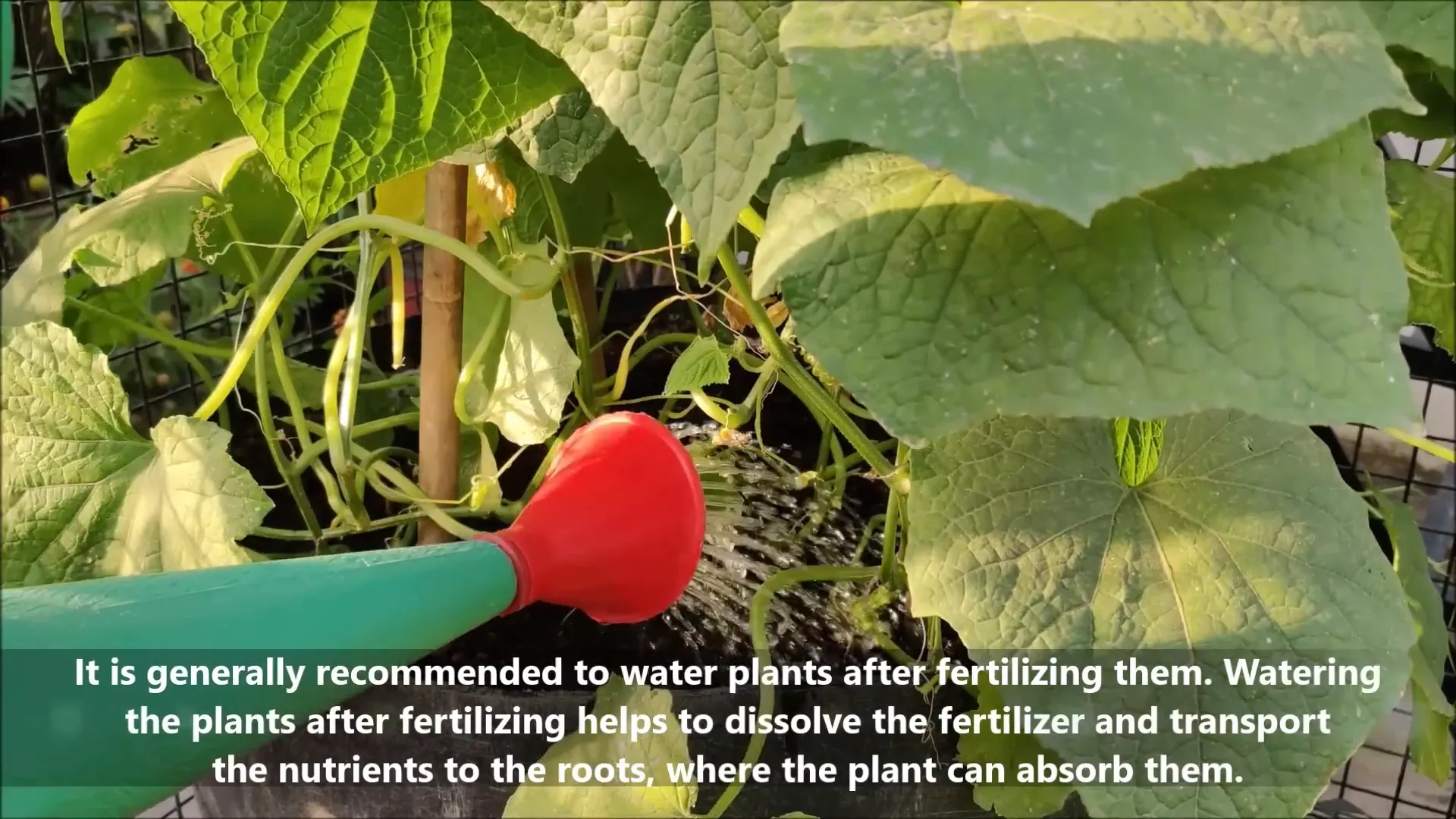
When fertilizing the plants, choose organic alternatives such as compost or manure that has rotted well. Apart from this, they also provide nourishment for the plants and help in developing the soil’s structure. Spread fertilizer every four-six weeks during the growth period, more so after the harvest, to stimulate the plant’s growth.
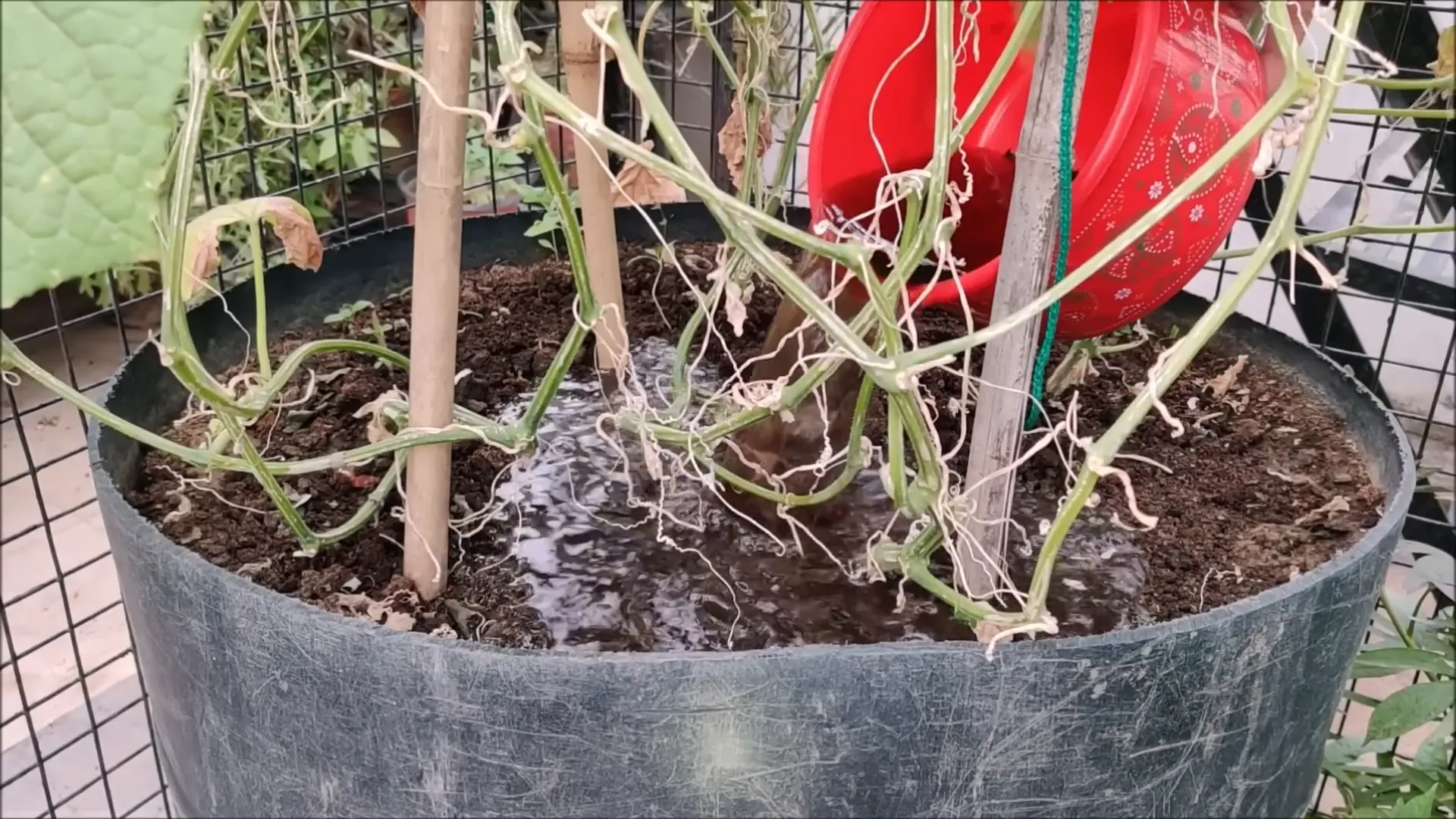
Don’t forget to water the plants after fertilizing them. This is because it dissipates the nutrients and thus makes them available to the roots more easily. A deep watering just after the application of nutrients makes the soil to absorb the nutrients well.
Harvesting Your Cucumbers
For sure, cucumber harvesting is about timing; it is very well for flavor and texture. Generally, after the period of 40 to 45 days of planting, cucumbers are considered fully grown. The harvestable cucumbers should be green in color, hard to the touch, and have a small rounded tip.
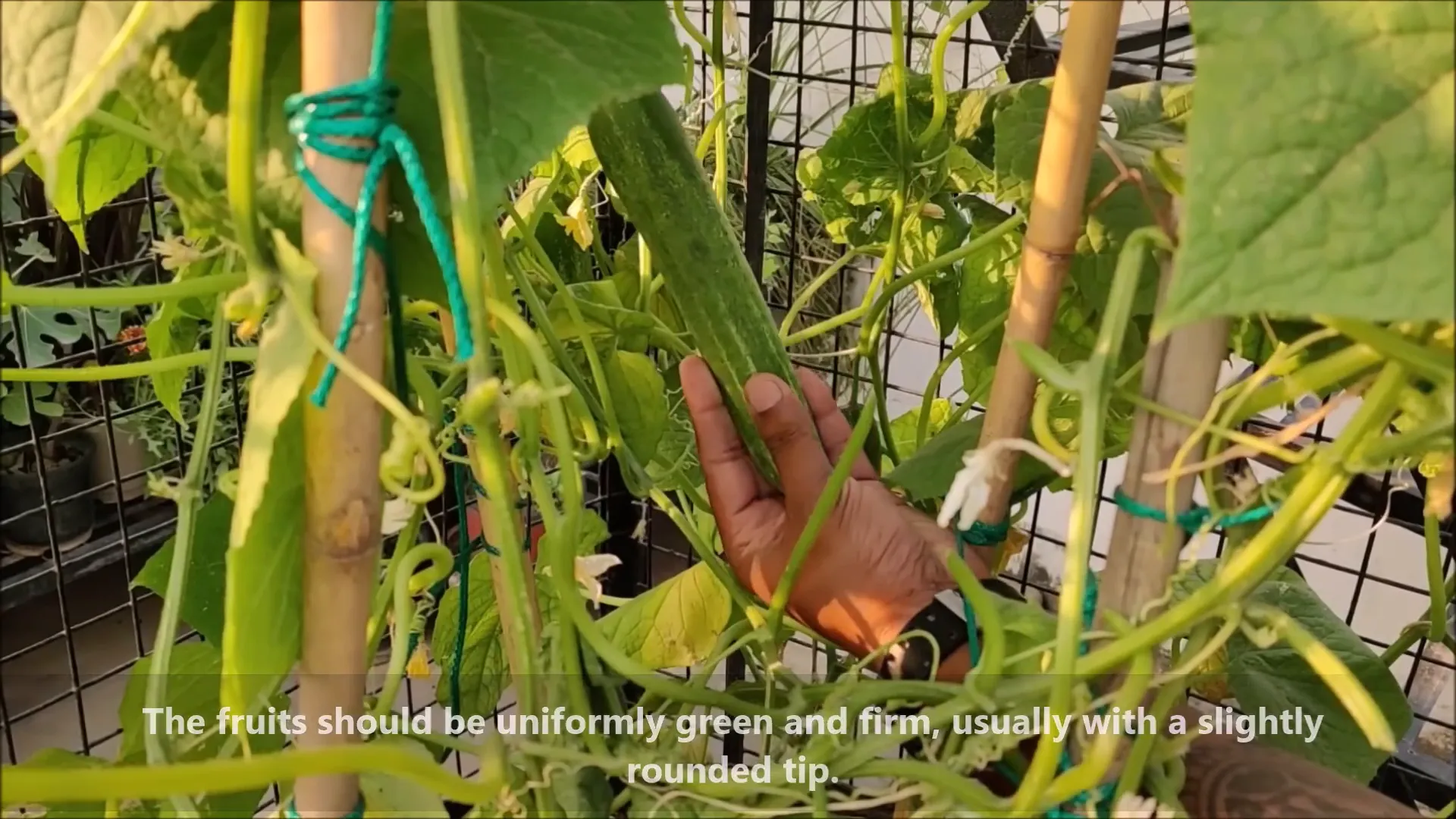
Harvesting in the morning is the ideal time since it is cool. During this time, cucumbers are the freshest and most delicious that they can be. Use a pair of scissors or a knife to snip the cucumbers off the vine without pulling them out, as this can hurt the plant.
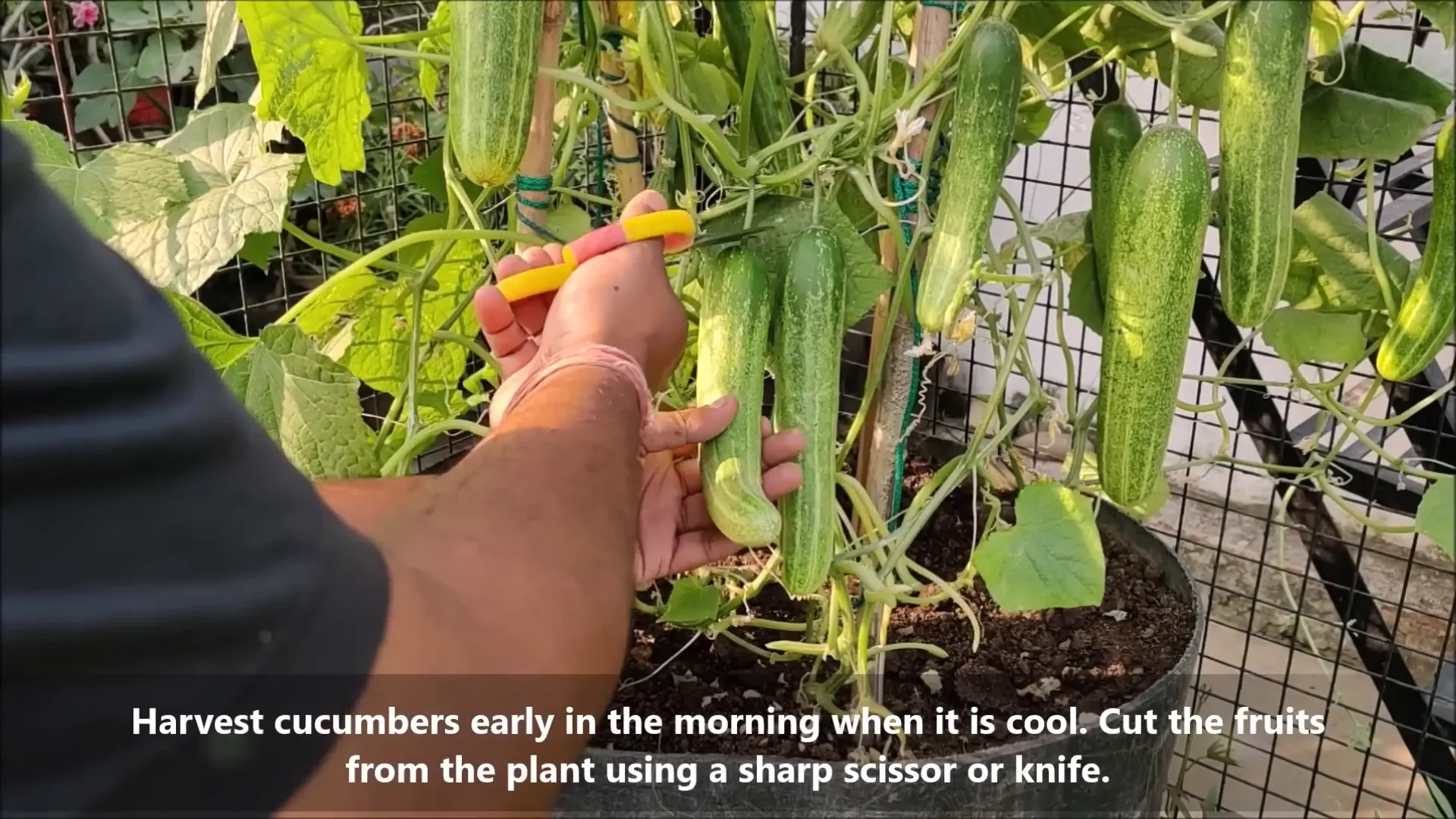
Constant harvesting urges the plant to yield more fruits for the entire season. Focus on picking cucumbers while they are still in the small stage, which is usually 4 to 8 inches long, depending on the variety. If they begin to get yellow or soft, it means they are overripe and may have a bitter taste.
After Harvest Care for Your Plants
What a cucumber harvest does not end the work! The most important thing is to take care of your plants properly. With every pick, give them a light dressing of organic fertilizer. This will not only promote more fruit but also helps the plant cope with the stress of harvesting.
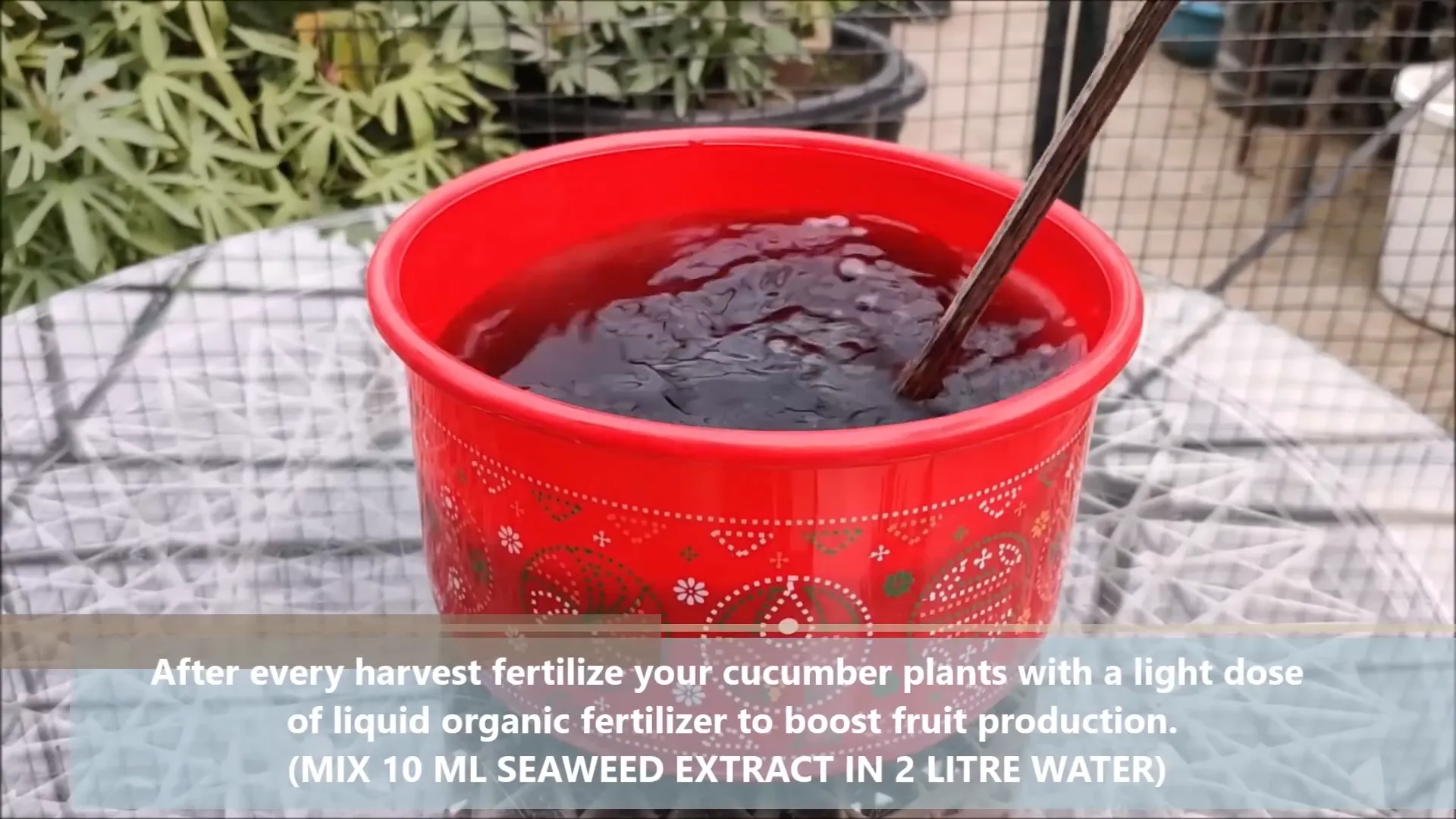
Be diligent in observing the soil moisture after harvesting cucumbers. In the hot temperature cucumbers require a lot of water. Water the plants deeply and frequently to promote well-hydrated roots which in turn continue to grow and yield the fruits.
Watch for any symptoms of decay in your plants, as the season carries on. Check for pests and diseases on a regular basis, and get rid of any yellow leaves that are obstructing the airflow. Such an active action would help keep the cucumbers healthy for a longer time and would result in the best yield.
Common Issues and Solutions
Cucumber plants can have problems despite the best care. Below are some common problems and their solutions:
- Powdery Mildew: This fungal disease appears as a white powder on leaves. Improve air circulation and avoid overhead watering to reduce humidity levels around the plant.
- Yellowing Leaves: Often a sign of nutrient deficiency or overwatering. Check soil moisture and consider adjusting your fertilization routine.
- Cucumber Beetles: These pests can damage plants and spread diseases. Use row covers to protect young plants and handpick any visible beetles.
- Blossom End Rot: This condition occurs when the bottom of the fruit turns brown and mushy, often due to inconsistent watering. Ensure even soil moisture to prevent this issue.
FAQs About How to Grow Cucumber / Growing Cucumbers
1. How often should I water my cucumber plants?
Farming or cultivating cucumbers needs sufficient watering of the plants at regular intervals, especially in hot climate conditions. The best practice is to water them at least once a day to make sure the soil is wet without being soilless.
2. What is the best time to harvest cucumbers?
For the most delicious taste, it is best to gather cucumbers in the cool hours of the morning. The ideal time to harvest them is when they feel hard and appear bright green, which is typically the length of between 4 and 8 inches.
3. Can I grow cucumbers in containers?
Definitely! Cucumbers are container-friendly plants, but the containers need to be at least 20-25 inches wide and must have drainage holes.
4. What should I do if my cucumbers are bitter?
The primary cause of bitter cucumbers is stress or over-maturity. Try to harrow the soil and water the plants regularly, and cut the cucumbers that have grown too big.
5. How do I encourage more fruit production?
The regular collection of flowers helps more flower bursts to appear. The good supplement and hydration will also help continuous fruiting.
You can be sure to take the first step to enjoying a lush harvest by adhering to these instructions on cucumber planting. Best of luck in your gardening!

